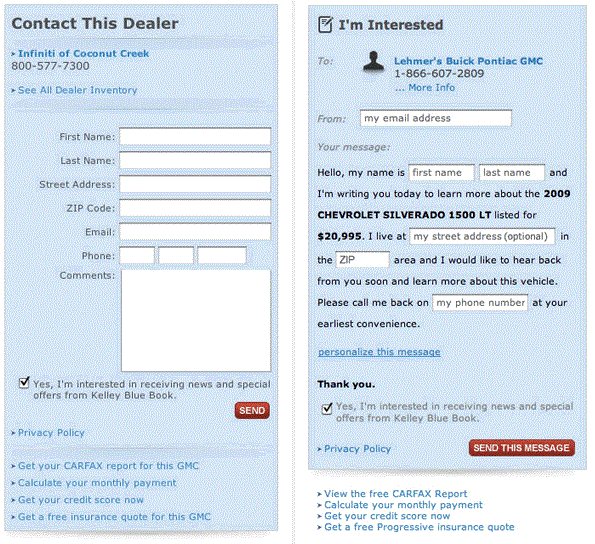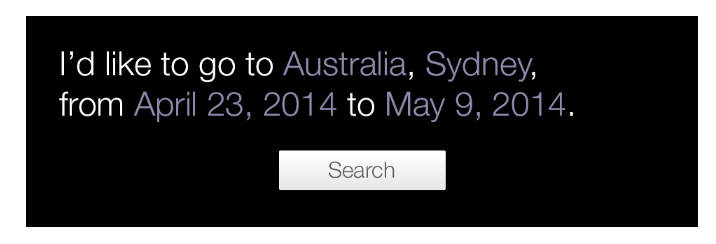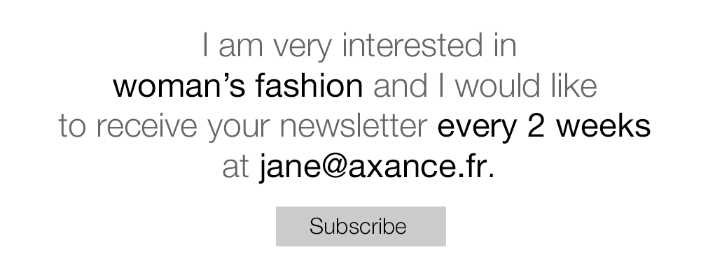Nicolas El Azzi, UX designer senior, and Eric Nouri, UX researcher, introduce us to an unconventional but undoubtedly efficient and funnier research form !
Now and then we’re discovering research forms quite unconventional… Instead of being presented with texte fields to fill, they are displayed in a narrative way. Some googling later, we cannot find a proper adjective to name this specific research modus operandi. So let’s name it « Mad Libs Search » !
Mad Libs is a wordplay in which the player must complete a sentence with holes to build a story.
How it’s applied on the web
Mad Libs isn’t at its first try. In 2008, Jeremy Keith created one of the first Mad Libs forms for Huffduffer, his music sharing website. Instead of clicking into a field or a drop-down menu, the user just had to click into empty space and write some text.
In an article from Luke Wroblewski, vast.com is said to have lead an A/B testing to compare an ordinary form with a Mad Libs one. Results showed an increase of 25 to 40% of the conversion rate for the Mad Libs form.
2013, Mad Libs becomes Mad Libs Search, a research form with its own characteristics :
It’s displayed in a big block put forward and generally covering the entire width of the website
The narrative sentence is written in a high body for easy reading
The fields, initially empty in the forms, are replaced by an underlined label, sometimes in bold, with a message inviting the user to click.
Why should I use it ?
These are the 7 main advantages of Mad Libs Search comparing to a keywords research :
- Avoid spelling mistakes
- Guide verbally not inspired users
- End the « 0 results » page
- End the countless irrelevant results : « 1255 results on 26 pages »
- Allow to collect informations on the user (statistics on demands)
- Favor the engagement by its playfulness (vs classic form)
- Use a natural and simple language understandable by all
What do the users think about it ?
- “We identify a little more. »
- “It’s easier to put ourselves in a box. »
- “Good start. It feels like this brand cares about its customer needs. »
- “Makes me want to continue and see. »
- “I don’t need to use Google. »
- “It’s a better match than with a random search, it really suits our needs. »
- “It tries to make a photography of my situation to suggest relevant products.”
- “It wouldn’t come to my mind to enter these keywords.”
Examples of application
This type of research being not very widespread yet, we tried to decline it under several formats. The result is quite satisfying… Judge for yourself !
What if the research of an itinerary on Google Maps was that clear ?
Why not simplify a job research on Indeed ?
Want to go away ? Imagine this type of research on voyageursdumonde.fr :
You’re a big fan of Daft Punk’s latest album but want to hear something else while staying in the same style ? What if Spotify gave you a little boost ?
It’s also interesting to notice that Mad Libs system can be used for other functionalities :
For a simplified order confirmation on Amazon in case of a One Click Payment for example
Another example for a e-commerce pure player newsletter subscription :
Some rules to use it the good way
In order for Mad Libs system to remain simple, it’s important to lay down some rules. In general, the better way to achieve it is :
- To formulate your research as simply as possible (tip : picture yourself in front of your computer, how would you phrase this research in your head ?)
- Make no more than a three lines sentence
Limit the free spaces to a maximum of 5
Game on !
Is the commitment of your users important for your business ? Do you wish to boost your transformation rate ?Evaluate now the benefits of a Mad Libs Search among your users with the help of Axance









